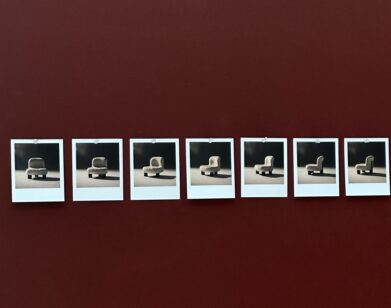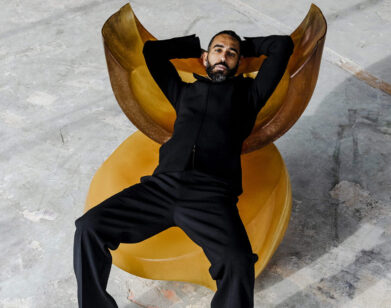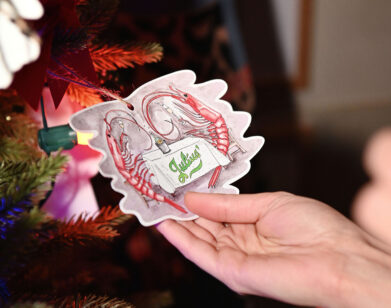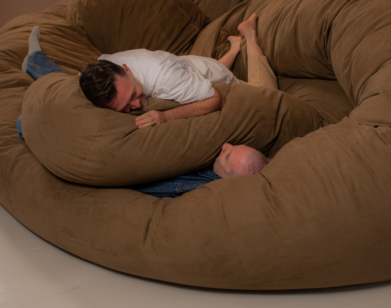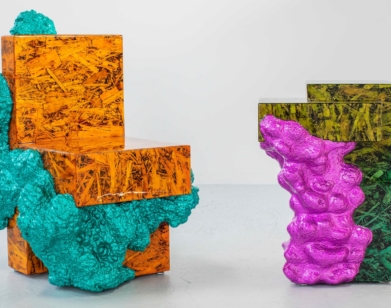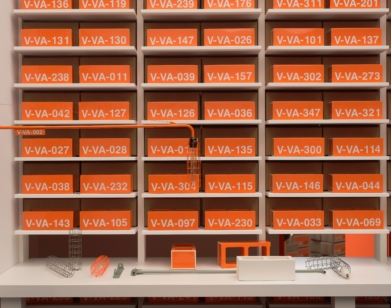A Life in Chairs with Industrial Designer Don Chadwick

Along with his former creative partner Bill Stumpf, Don Chadwick designed the world’s most ubiquitous office chair: the Aeron. In a career spanning six decades, the meticulous Los Angeles–based industrial designer has worked tirelessly to devise fewer than a dozen commercial objects. In the 1970s and ’80s, Chadwick’s work ran against the current of his contemporaries Frank Gehry and Richard Meier, privileging industrial production and functional performance over craft processes and historical reference. Working with Stumpf’s ergonomic innovations, Chadwick’s designs celebrated their own technology, leaving bare a chair’s mechanisms—and in doing so helped to define the aesthetic of the internet era.
I first interviewed Chadwick more than a decade ago during the making of my book, A Taxonomy of Office Chairs, and what struck me most about him was his work’s relationship to its surroundings. As he explained, Los Angeles had everything an industrial designer needed: a technological air, an abundance of state-of-the-art prop factories, and a generally optimistic attitude unfettered by conservative traditions. His early designs drew from Vietnam-era war technologies, his mid-career was inspired by photographs he took at his friends’ automotive shops, and his more recent work addresses the pervasively Californian theme of wellness. Although he much prefers discussing the future, Chadwick sat down to discuss five of his past achievements in chairs.
———
KNOLL PROTOTYPE, 1968
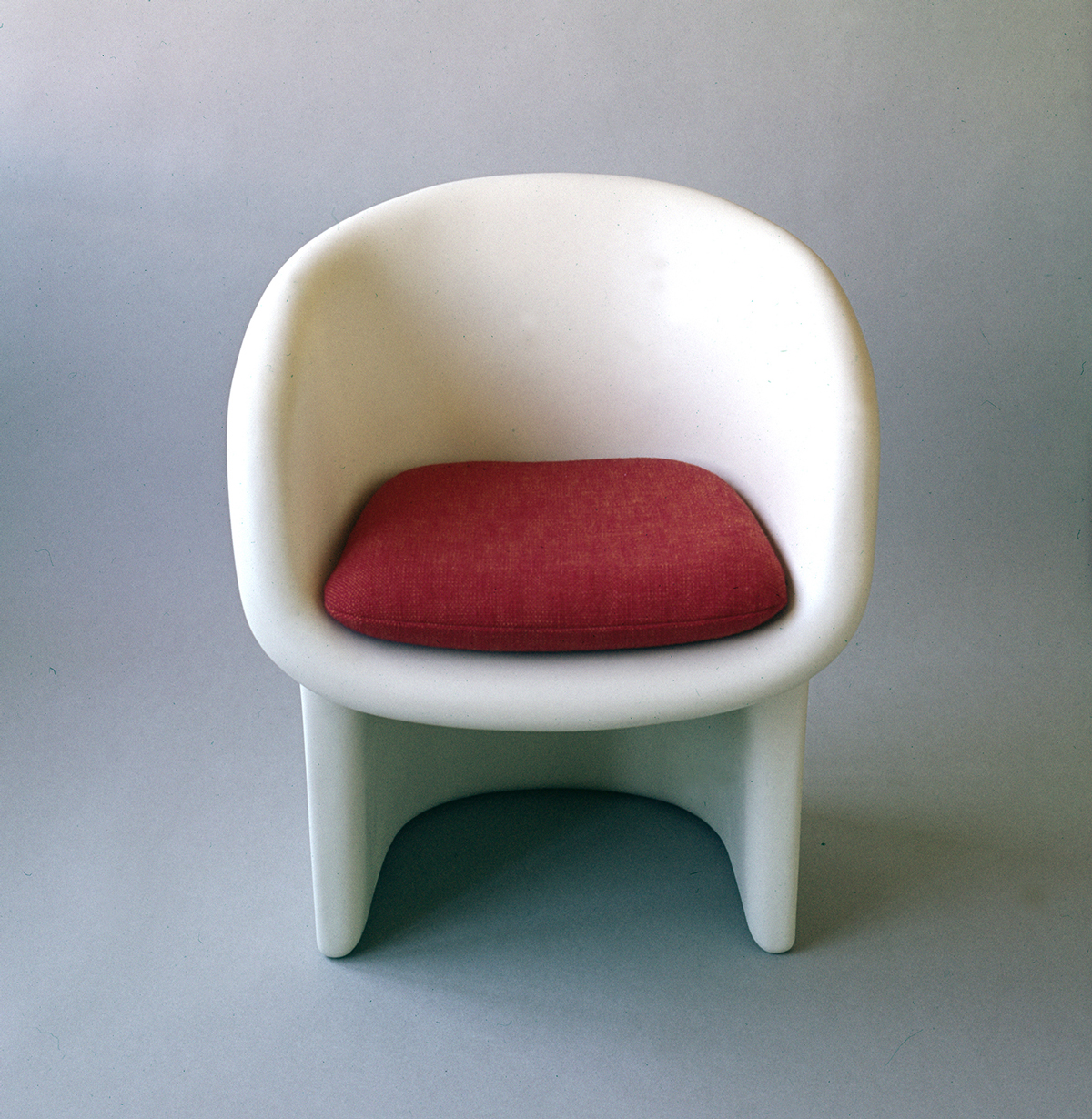
“This was one of the first roto-molded chairs in America, and I sold it as a prototype to Knoll at the beginning of my career. I had been turned on to a company that was manufacturing large plastic containers, which I later found out were designed to hold Napalm bombs. Even though this was in the middle of the Vietnam War, my interest was less of a political gesture than me wondering, ‘What would it look like for a piece of furniture to be made with this process?’ Something important to consider about the design history of California is that a lot of the processes developed by the area’s aerospace and military industries have made their way into commercial product. This chair was an experiment in exploring technology, which has always been a strong part of how I approach design.”
———
MODULAR SEATING, 1974
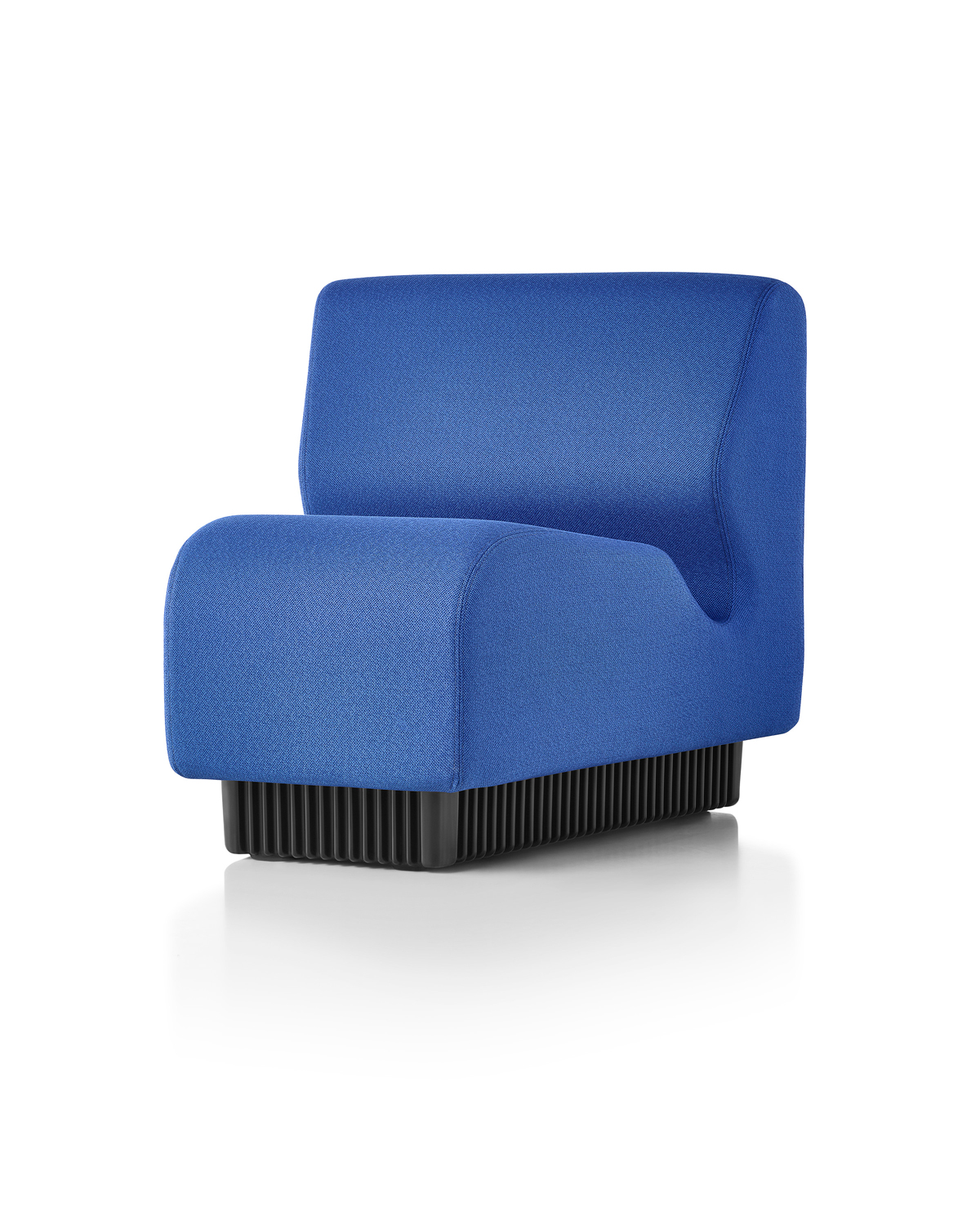
“With this one, I wanted to explore the technology of molding polyurethane foam, which had been recently developed in Europe by companies such as B&B Italia and, I think, Cassina. For me, it was an opportunity to create organic and floating seating arrangements that could be reconfigured by architects and planners. In many respects, modular seating was a graphic exercise, especially the shape of its profile. I had worked as a graphic designer in [the architect] Victor Gruen’s office about a decade earlier, and I tend to still begin by translating two-dimensional ideas into three-dimensional forms. This was common around that time, because there were no computers. It was just pencils, paper, triangles, and straightedges—tools of the past.”
———
EQUA, 1984
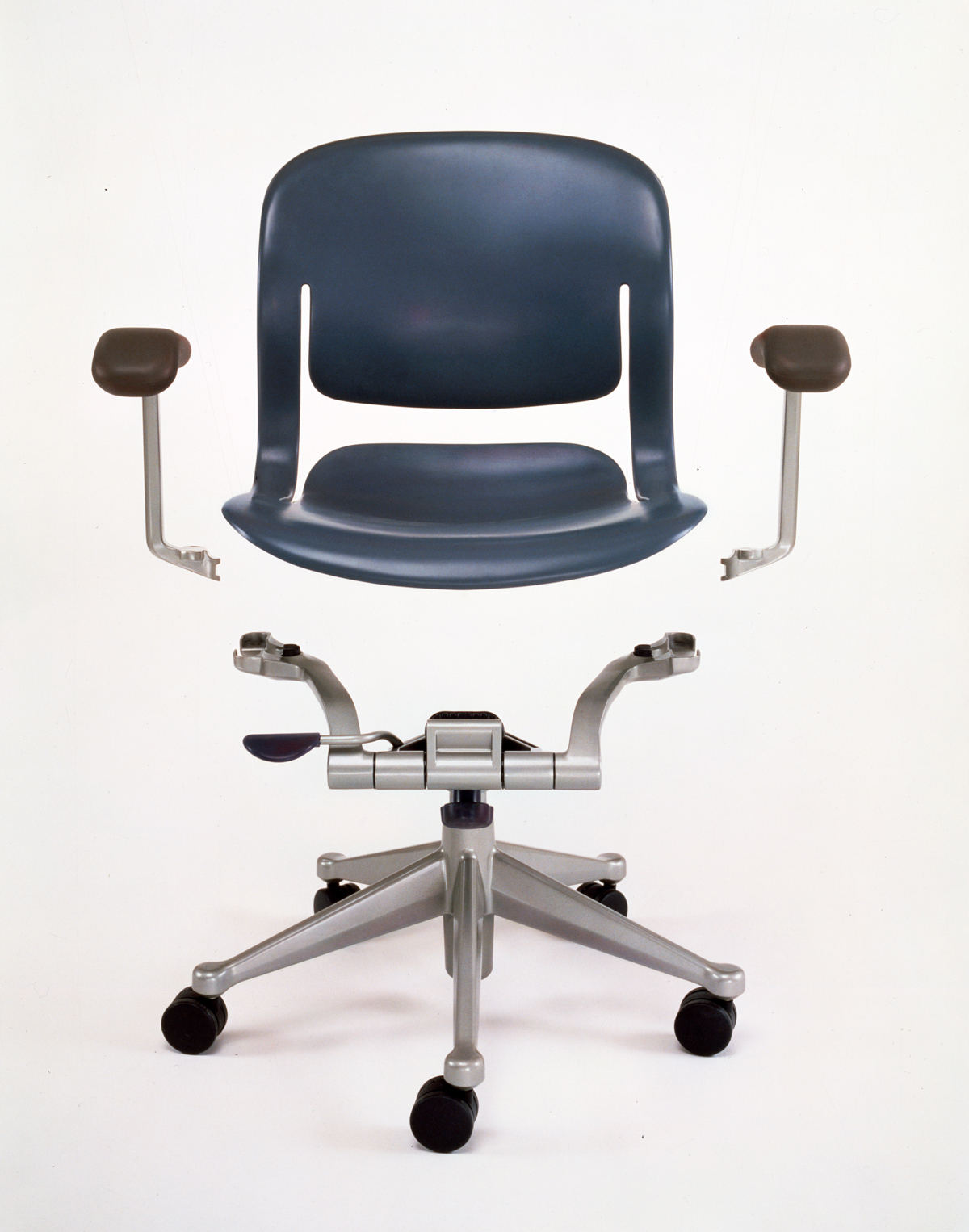
“Bill Stumpf and I meeting each other was really the fault of Herman Miller. I had released modular seating in 1974, and Bill’s Ergon chair was introduced in 1976, so the people at Herman Miller thought it would be interesting for us to collaborate. Bill had a master’s in ergonomics, and with our first chair together, the main concept was what’s called a “knee tilt,” which moves the pivot-point of the chair forward to mimic the motion of a knee. If you study some of the early ideas behind the Equa chair, we were trying to convey the aesthetic value of how something works. I would photograph the suspensions of Formula One cars and look at bicycles, which are such a pure, unadulterated form. When you look at the underside of the Equa, it looks like the brake elements inside of Porsche car tires.”
———
AERON, 1994
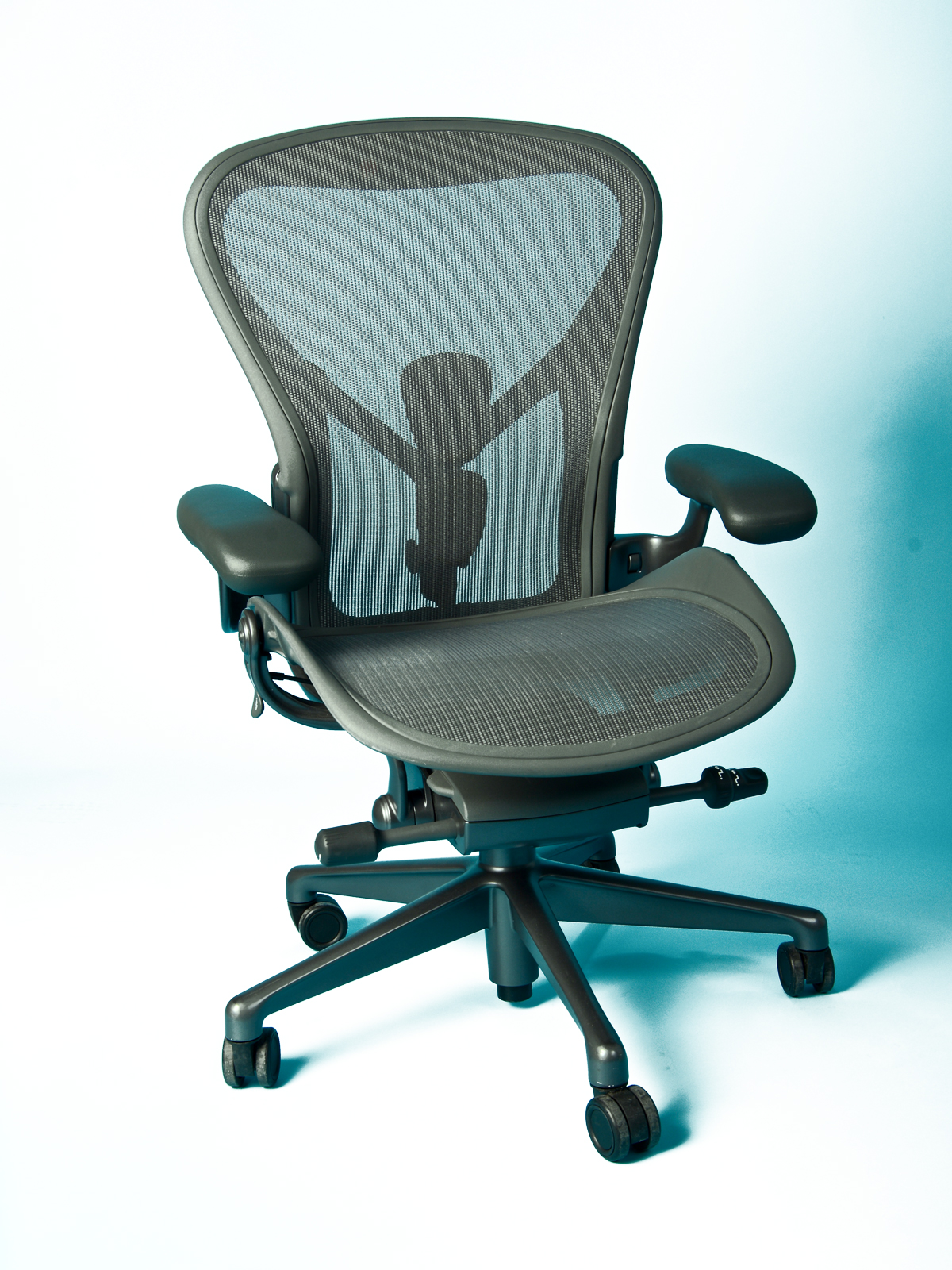
“In a way, the Aeron chair came out of a cancelled project. Bill and I had been asked to work on seating for the geriatric market that allowed people to sit upright and fully recline in a totally supported position. With the Aeron, we had exposed bicycle cables that really made the chair look like an advanced machine. It was designed for high-tech industries—animators, workers in the tech area, people who sit at a computer, a mixing board, or in front of large screens. Ironically, it became a status symbol that found its way into the most conservative fields such as banking. No one anticipated that, and since the Equa—which came from ‘equality’—Bill and I had wanted to do away with differentiating between a secretarial chair, a management chair, and an executive chair. The Aeron came in small, medium, and large.”
———
BALLO, 2015
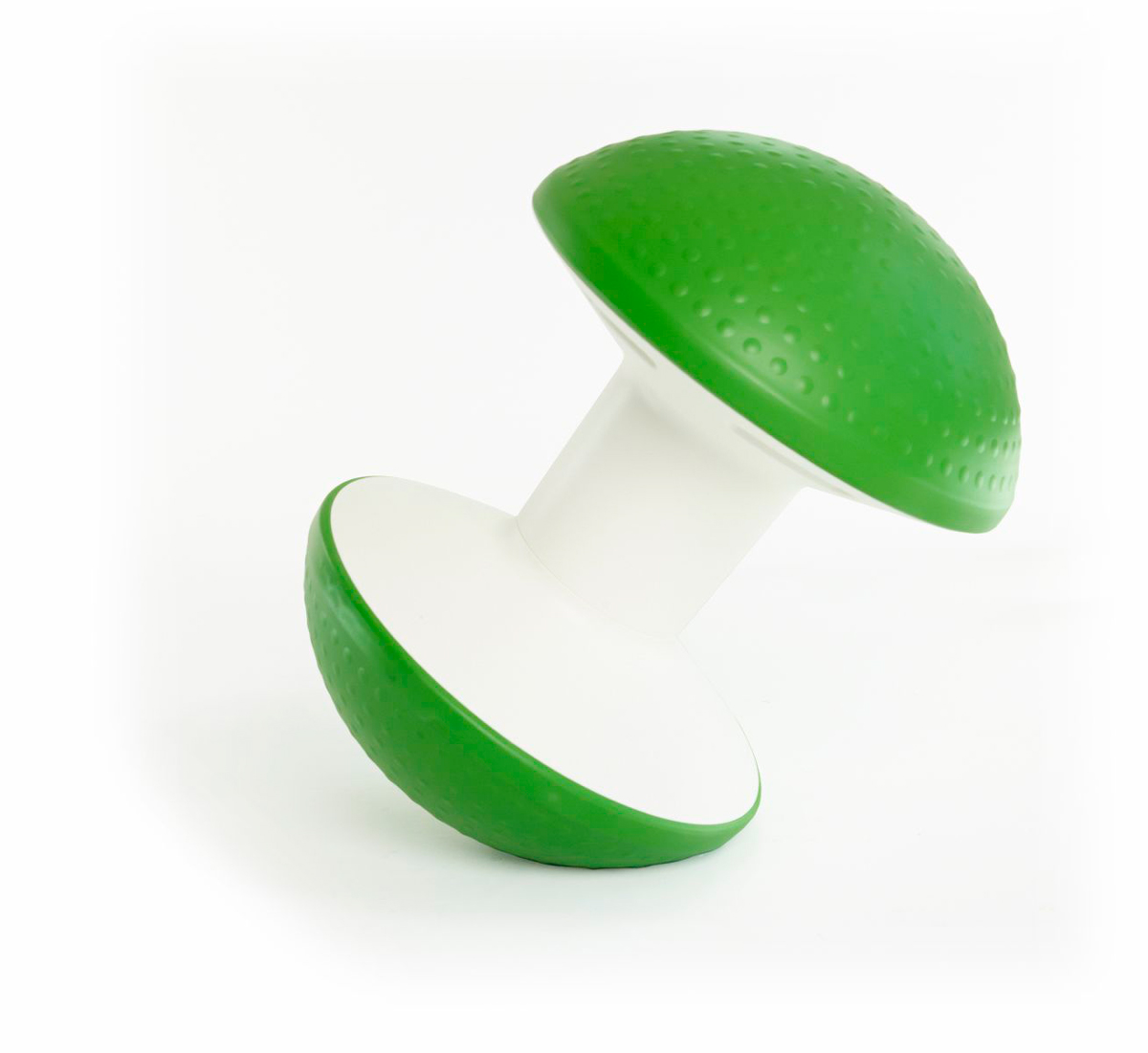
“The Ballo is kind of the antithesis to the Aeron. There has been a lot of criticism about chairs that are too comfortable, and that it’s healthier to move around, so the Ballo was developed from those exercise balls that engage your balance and your core. The chair is almost an exercise object, and it was designed to approach seating from a playful point of view. Nowadays, you have a lot of sit-stand situations at offices. I think standing is okay, but some companies have gone a bit too far trying to cultivate standing to a point that it doesn’t make sense at all. A lot of this has been brought about by the portable devices we have. You don’t have to be seated at a desk to gaze into your iPad or your phone.”

